— John Steinbeck
It’s been almost 28 years since Double Memory—Rick’s collaborative art book with his former studio mate, Phil Hale—and nearly 12 years since IDW’s pocket-sized Rick Berry: Sparrow were published so it was way past time for a new Berry collection. Rick, of course, has been a popular illustrator since his teens and is widely acknowledged as the grandaddy of digital art, but his time has been spent exclusively at the easel for quite awhile now. This new full-color monograph, Invented People, beautifully charts his continued explorations as a figure painter and includes a glorious selection of both commercial and experimental gallery work. Often using a limited palette of earth-tones, there is absolutely nothing muted in these canvases: Rick’s art is always vibrant, engaging, and memorable, full of passion and personality. Featuring an introduction by Neil Gaiman, this 9″ x 12″ softcover is a welcome addition to anyone’s library.
Speaking of IDW, their most recent addition to their “artist edition” series is Roy Krenkel: Father of Heroic Fantasy—A Centennial Celebration and it’s a beauty. Krenkel [1918-1983] minimally worked in comics and more extensively as a paperback cover artist from the 1950s until his death, but he always considered himself more of a “picture maker” than as an illustrator. Constantly drawing, constantly sketching, the vast majority of his art was done for himself rather than for clients. Roy was also something of an influencer (before being one generated moola); Frank Frazetta, Al Williamson, Jeffrey Jones, and Michael Wm. Kaluta all benefited from Krenkel’s encyclopedic knowledge and his unbridled enthusiasm. This new collection—edited by AndrewSteven Damsit and Barry Klugerman and including a foreword by James Gurney—boasts a plethora of works (many previously unpublished) featuring dinosaurs, Conan, John Carter, zaftig women, exotic landscapes, and everything else Roy loved, all meticulously scanned from the original art. As a voracious book collector himself, I’m certain he would have been absolutely ecstatic with this beautiful volume.
There are any number of editions available today devoted to H.P. Lovecraft’s seminal horror story, The Call of Cthulhu (even including one that’s a take-off on Dr. Seuss), but none more impressive than this oversized (10 1/2″ x 14″) hardcover illustrated by François Baranger. A respected game and film concept artist (the Harry Potter series, Clash of the Titans, et al), Baranger’s moody and compelling artworks on virtually every page guide viewers from sacrificial ceremonies in the Louisiana swamps to the emergence of the eldritch city of R’lyeh and release of its horrific resident in the South Pacific. “The stars were right again, and what an age-old cult had failed to do by design, a band of innocent sailors had done by accident. After vigintillions of years, Great Cthulhu was loose again and ravening for delight.” Though Lovecraft’s racism has been a subject of consternation and controversy for some years (and the issue is addressed in an editor’s note at the end of this book), “The Call of Cthulhu” is indisputably an influential classic of horror literature. As a said in a previous post, art (fiction in this instance) exists because of the artist, but it also exists in spite of them as well. Baranger has done a superb job bringing this epic tale of terror to visual life and reminds us that, “In his house at R’lyeh, dead Cthulhu waits dreaming.”


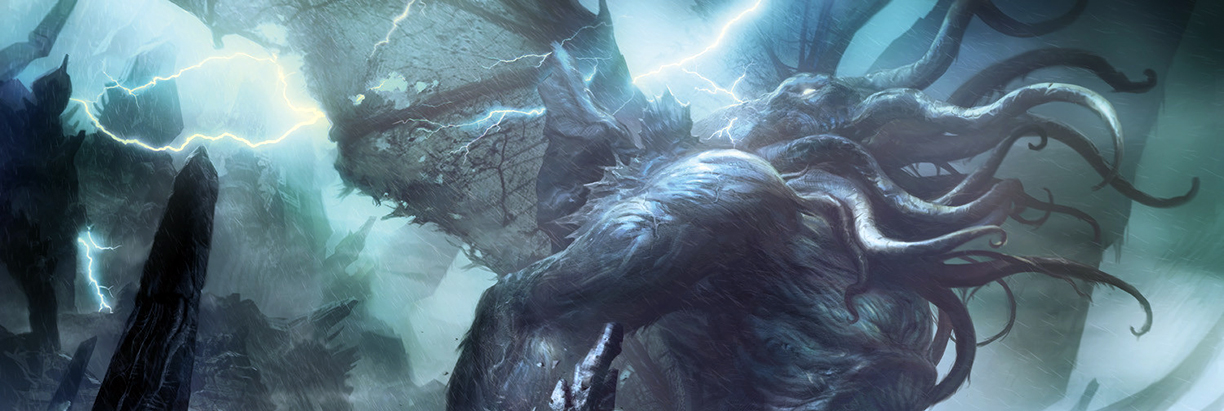
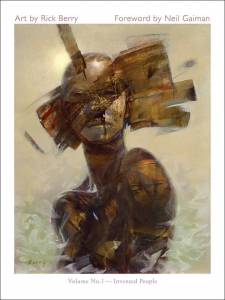
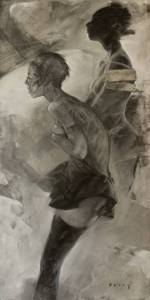
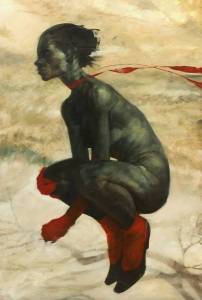
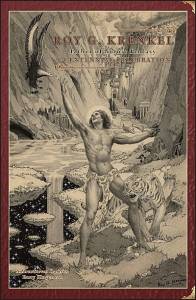
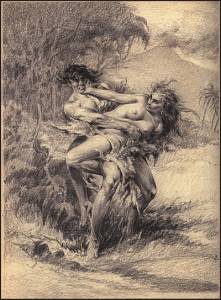


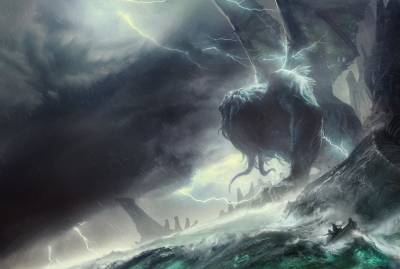
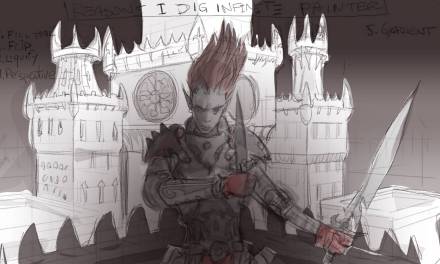

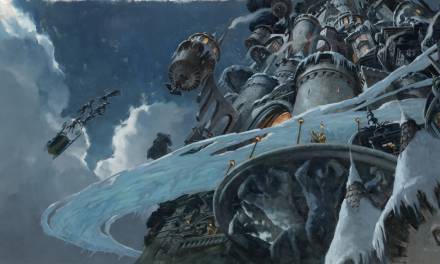
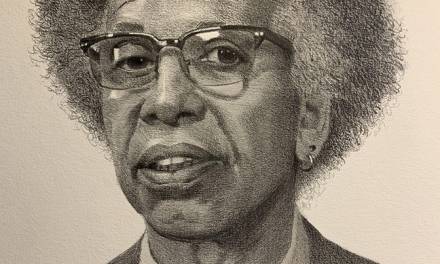
Recent Comments